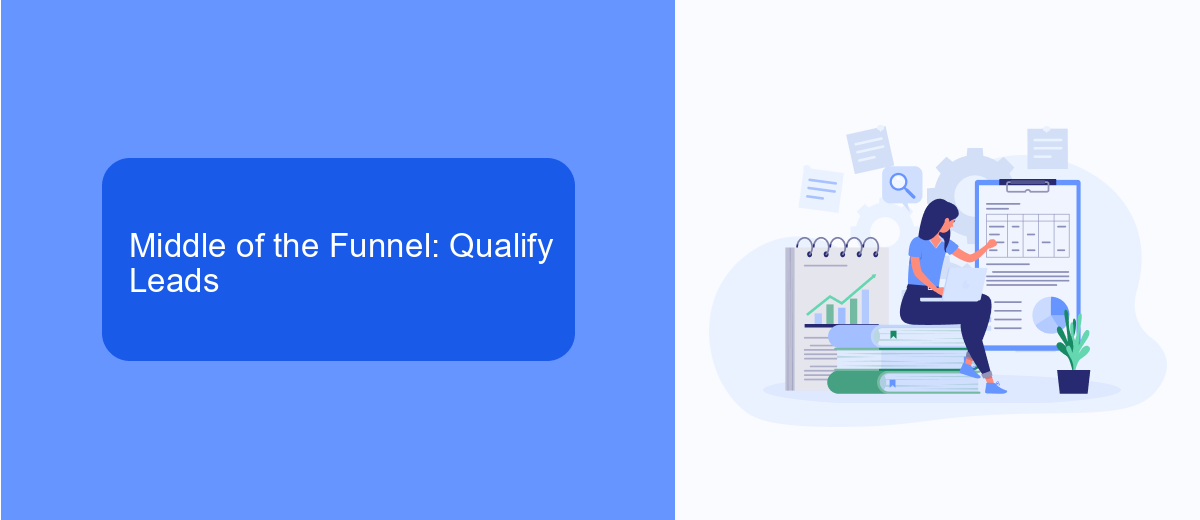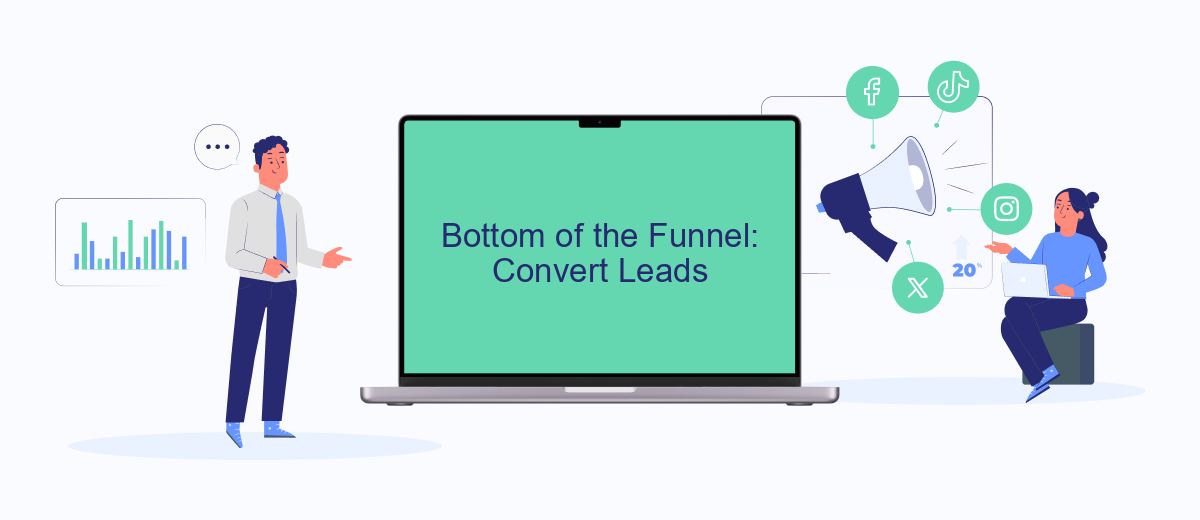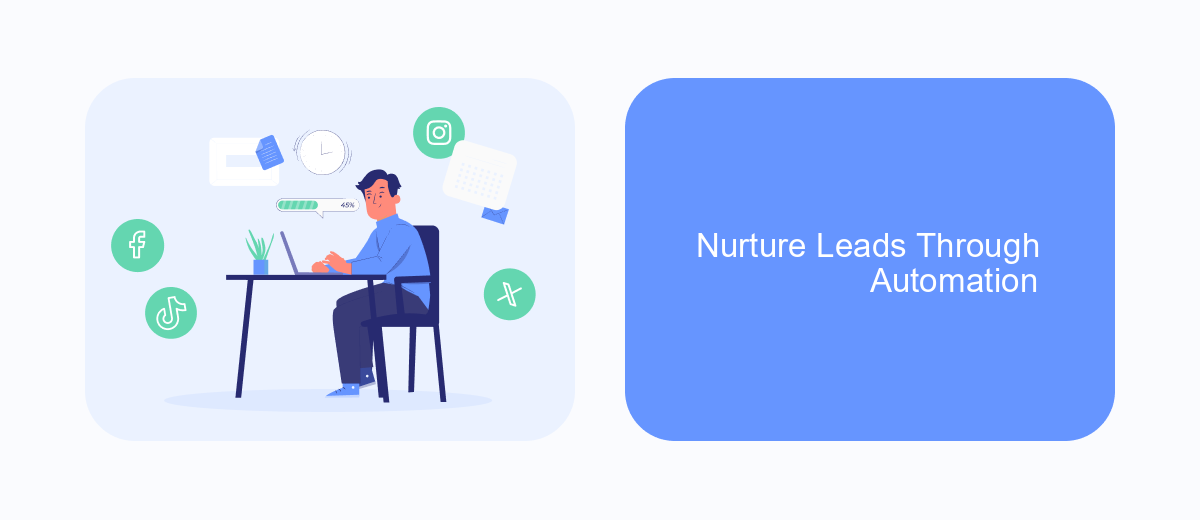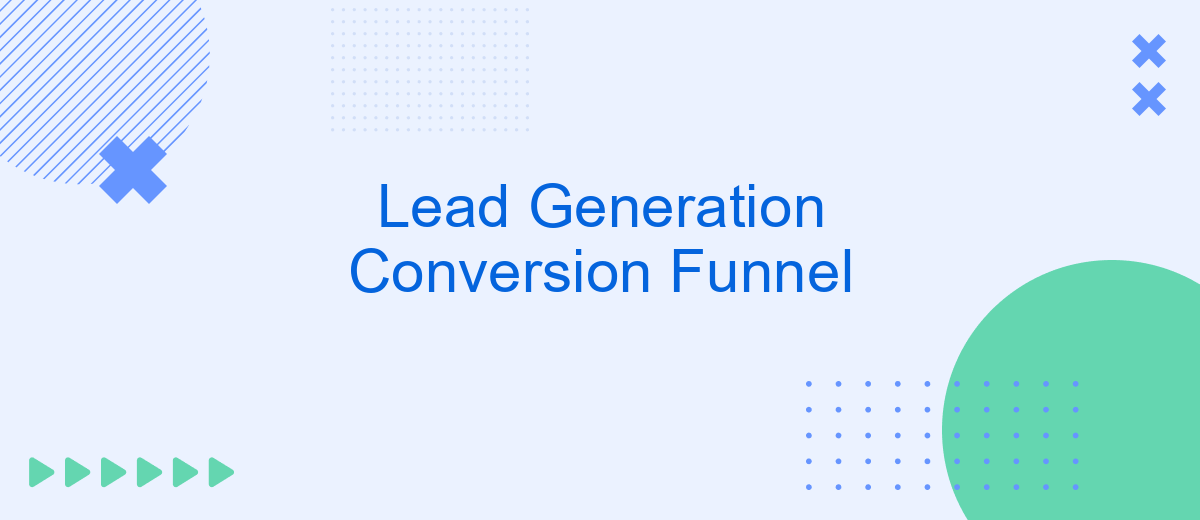In today's competitive business landscape, mastering the art of lead generation is crucial for sustained growth. A well-designed conversion funnel can significantly enhance your ability to attract, engage, and convert potential customers. This article delves into the essential components of a lead generation conversion funnel, offering actionable insights to optimize each stage and maximize your conversion rates.
Top of the Funnel: Generate Leads
The top of the funnel (TOFU) is crucial for attracting and generating leads. At this stage, the primary goal is to capture the interest of potential customers and draw them into your marketing funnel. To achieve this, businesses employ various strategies and tools to maximize their reach and engagement.
- Content Marketing: Create valuable and relevant content such as blog posts, eBooks, and videos to attract and educate your audience.
- Social Media Marketing: Leverage social media platforms to share content and engage with your audience.
- SEO: Optimize your website and content for search engines to increase visibility and organic traffic.
- Paid Advertising: Use PPC campaigns to target specific demographics and drive traffic to your landing pages.
- Email Marketing: Build an email list and send targeted campaigns to nurture leads.
Integrating various tools and services can streamline your lead generation efforts. For instance, SaveMyLeads automates lead transfer from Facebook Ads to your CRM, ensuring that you capture and manage leads efficiently. By utilizing such integrations, you can focus on crafting compelling content and strategies to attract high-quality leads.
Middle of the Funnel: Qualify Leads

At the middle of the funnel, the primary goal is to qualify leads to ensure they are a good fit for your product or service. This stage involves more in-depth engagement with potential customers through targeted content, personalized emails, and direct outreach. It's crucial to identify the prospects' pain points, needs, and budget to determine whether they are likely to convert into paying customers. Tools like lead scoring and CRM systems can help in segmenting and prioritizing leads based on their engagement levels and interactions with your brand.
One effective way to streamline the lead qualification process is by leveraging integration services like SaveMyLeads. This platform allows you to automate the transfer of lead data from various sources directly into your CRM, ensuring that your sales team has up-to-date and accurate information. By automating these workflows, you can reduce manual data entry, minimize errors, and focus more on nurturing and converting qualified leads. Utilizing such tools helps in maintaining a seamless and efficient lead management process, ultimately increasing your chances of successful conversions.
Bottom of the Funnel: Convert Leads

At the bottom of the funnel, your primary goal is to convert leads into paying customers. This stage is critical as it involves convincing prospects that your product or service is the best solution for their needs. Tailoring your approach to meet individual preferences can significantly increase your conversion rates.
- Provide personalized follow-ups: Use targeted email campaigns and direct outreach to address specific concerns and offer tailored solutions.
- Offer free trials or demos: Allow potential customers to experience your product first-hand, reducing any hesitation they may have.
- Leverage integrations: Utilize services like SaveMyLeads to automate data transfer between your marketing tools and CRM, ensuring seamless communication and better lead management.
- Highlight customer testimonials: Showcase success stories and reviews to build trust and credibility.
By focusing on these strategies, you can effectively nurture leads through the final decision-making process. Ensuring a smooth transition from interest to purchase will not only boost your conversion rates but also foster long-term customer relationships. Remember, the key to success at this stage lies in personalization, automation, and trust-building.
Nurture Leads Through Automation

Automating lead nurturing processes can significantly enhance the efficiency and effectiveness of your lead generation conversion funnel. By leveraging automation, you can ensure that leads receive timely, personalized content that keeps them engaged and moving through the funnel.
One of the key benefits of automation is the ability to segment your audience and tailor your messaging to different stages of the buyer's journey. This targeted approach can help increase engagement and conversion rates. Additionally, integrating automation tools with your CRM can streamline your workflow and provide valuable insights into lead behavior.
- Segment your leads based on their behavior and interests.
- Create personalized email campaigns to nurture leads.
- Use automation tools like SaveMyLeads to integrate various platforms and streamline processes.
- Track and analyze lead interactions to optimize your strategies.
By implementing these automated strategies, you can ensure that no lead falls through the cracks and that each one receives the attention they need to convert. Automation not only saves time but also enhances the overall customer experience, making it an essential component of any effective lead generation strategy.
Monitor and Optimize Funnel Performance
To ensure the effectiveness of your lead generation conversion funnel, it's crucial to continuously monitor its performance. Utilize analytics tools to track key metrics such as conversion rates, drop-off points, and user engagement. By analyzing this data, you can identify areas that need improvement and make data-driven decisions to optimize your funnel. Regularly reviewing your funnel's performance helps you stay ahead of potential issues and ensures that your lead generation efforts remain effective.
Optimization is an ongoing process that involves testing different elements of your funnel, such as landing pages, call-to-action buttons, and email sequences. A/B testing can be particularly useful in determining what changes lead to better conversion rates. Additionally, consider using integration services like SaveMyLeads to streamline your lead management process. SaveMyLeads allows you to automate data transfers between various platforms, ensuring that your funnel operates smoothly and efficiently. By continuously monitoring and optimizing your funnel, you can maximize your lead generation potential and drive better results for your business.


FAQ
What is a Lead Generation Conversion Funnel?
Why is a Lead Generation Conversion Funnel important?
How can I optimize my Lead Generation Conversion Funnel?
What metrics should I track in a Lead Generation Conversion Funnel?
How can I automate my Lead Generation Conversion Funnel?
If you use Facebook Lead Ads, then you should know what it means to regularly download CSV files and transfer data to various support services. How many times a day do you check for new leads in your ad account? How often do you transfer data to a CRM system, task manager, email service or Google Sheets? Try using the SaveMyLeads online connector. This is a no-code tool with which anyone can set up integrations for Facebook. Spend just a few minutes and you will receive real-time notifications in the messenger about new leads. Another 5-10 minutes of work in SML, and the data from the FB advertising account will be automatically transferred to the CRM system or Email service. The SaveMyLeads system will do the routine work for you, and you will surely like it.
